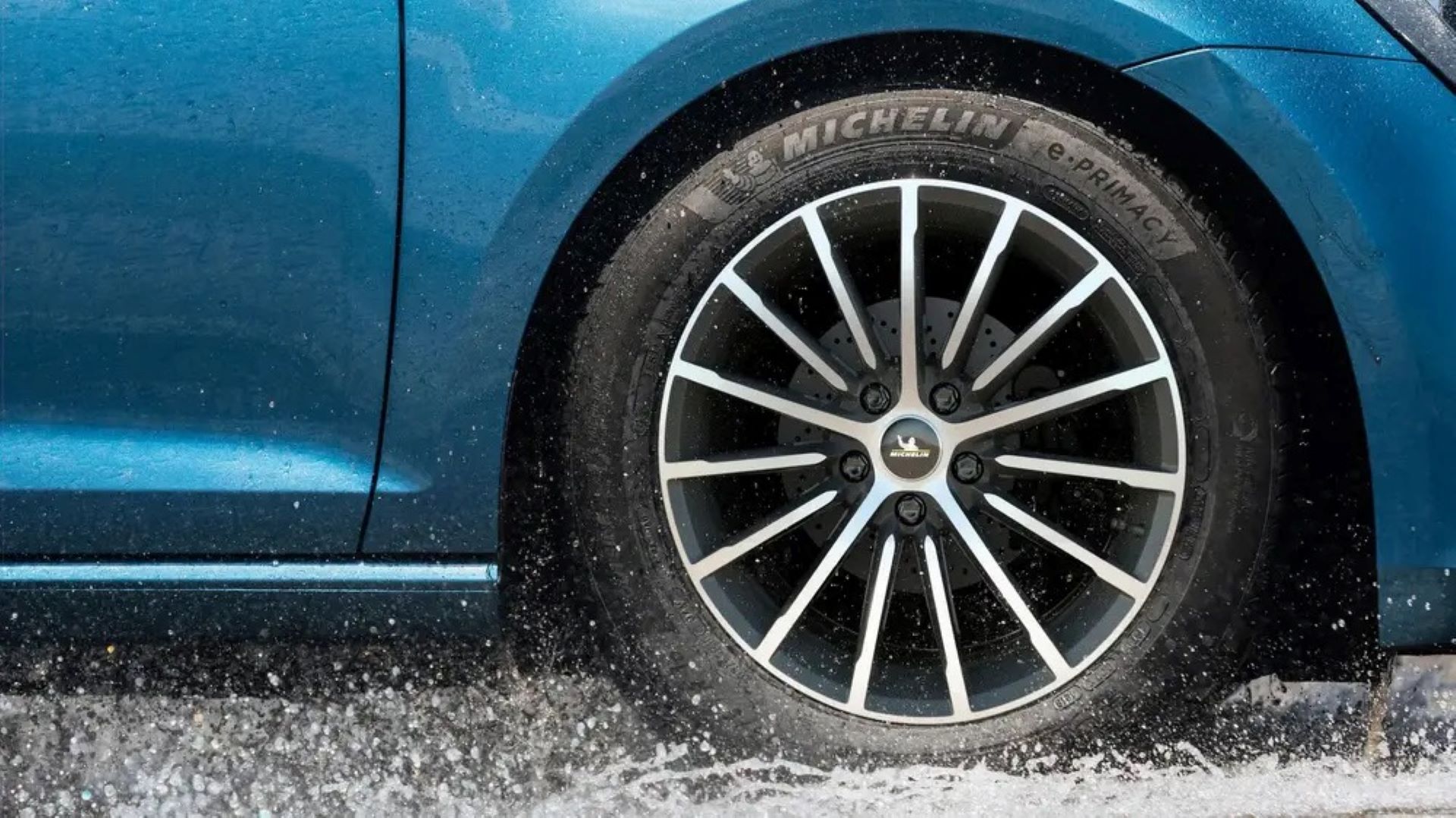Toyota’s commitment to the development of a full range of hybrid cars that meet the needs of a wide spectrum of motorists, including the enthusiast motorist, is illustrated by the Toyota FT-HS hybrid. A Toyota technology concept vehicle, the FT-HS comes to the Johannesburg International Motor Show after its European debut at the Geneva Show last year.
The FT-HS or “Future Toyota Hybrid Sports” is a vehicle designed to show that Toyota’s advanced Hybrid Synergy Drive technology can be used to offer a powerful and exciting driving experience together with outstanding environmental footprint. By way of example, one of the targets set for the FT-HS is a 0-100 km/h acceleration time in the four-second range.
Calty, the California based Toyota research and design centre, was charged with creating the FT-HS concept as a mid-priced sports car that integrates ecology and emotion to address the question: “What is a suitable sports car for the 21st century.”
The engineers and designers at Calty achieved this by combining a potent hybrid powertrain with essential sports car fundamentals. The result is a vehicle with striking style and driver focused function and performance that overcomes the perception that an eco-friendly car must, by its very nature, compromise driving pleasure.
The FT-HS blends hybrid capability with sports car essentials such as a sleek profile, excellent aerodynamics, and light weight. It does this in a front engine, rear wheel drive configuration with a powerful V6, 3,5 litre petrol engine coupled to a next generation sports hybrid system.
This powertrain has 300 kW as its design target. This level of power clearly demonstrates the potential of hybrid technology that will enable Toyota to move ahead to new frontiers in vehicle design.
The exterior design of the FT-HS follows the core values of the Toyota brand philosophy through the application of two consistent themes: J-Factor and Vibrant Clarity. J-Factor refers to the local and global acceptance of Japanese-inspired design and cultural form. It is this aspect of the design that allows the FT-HS concept to stand out as a Toyota with global appeal.
Vibrant Clarity is the design language used by Toyota to express the J-Factor. It is the combination of perfect imbalance, freeform geometrics and integrated component architecture to create Toyota models that are forward looking and energetic while retaining a clarity of purpose and rationality.
The FT-HS is a four seat sports coupe concept car with a unique retractable roof. Made of carbon fibre Kevlar, the roof panel and back window pivot fluidly in a downward motion to stow in the rear seat space. In this configuration the FT-HS becomes a two seater. The conversion from top-up to top-down takes just ten seconds. When raised, the roof has a distinctive scooped-out section designed to reduce aerodynamic drag and provide headroom in key areas.
The vehicle’s triangular profile is accented by a floating ‘C’ pillar, sharp edges, and flowing curves. Up front the aggressive nose styling features narrow headlamp strips and deep air-intake scoops. The smoked glass engine cover allows a view of the advanced Hybrid Synergy Drive powertrain.
Examples of the integrated component architecture can be seen in the aerospace inspired lighting. The tail lamp unit spans the entire rear of the car and features an integrated retractable spoiler. Light emitting diode (LED) clusters are located in the headlamps and the front wings for energy efficiency.
Another exterior feature is a speed activated wing that rises at high speed for added stability and traction. The rear view showcases a carbon fibre lower diffuser with integrated wide exhaust while carbon fibre wheels complement the extensive use of high-tech materials.
The interior is driver oriented in keeping with the sports theme of the FT-HS and exudes technology. Extensive use is made of carbon fibre and titanium in the cockpit. An integrated instrument panel surrounds the driver, creating an enclosed delta-wing pod that combines many useful functions into the lightweight structural unit. Touch-trace sensors surround the driver and act as tactile guides for finger-tip controls when travelling at high speeds.
The telescoping, hub-less, steering wheel incorporates paddle shifters for the semi-automatic transmission. It also allows the display cluster to be shifted forward to shorten the driver’s focus time when shifting his vision from the road ahead to the instruments.
With a potential mid-market price position, the Toyota FT-HS would find favour with eco-conscious customers who want to continue to experience the appeal of sports car driving while minimising their environmental footprint. They are likely to be people for whom new technologies are welcome necessities of life, not luxuries.


